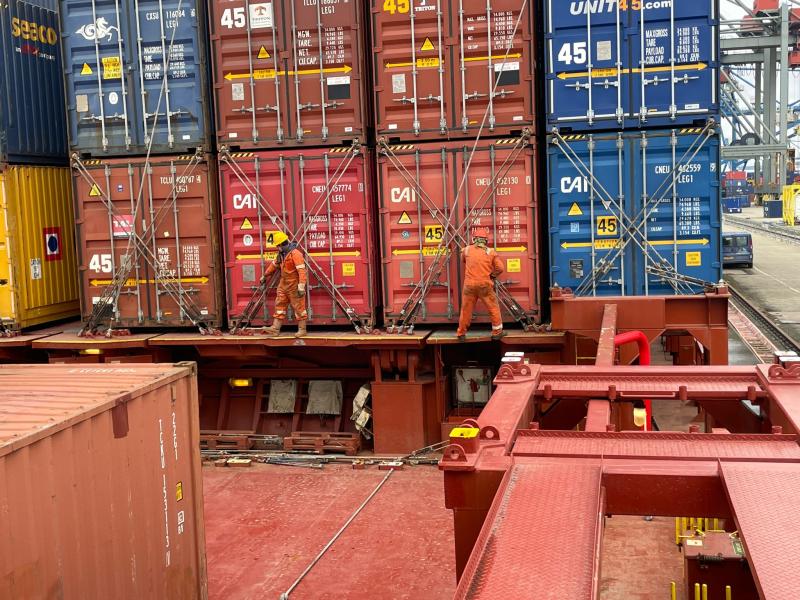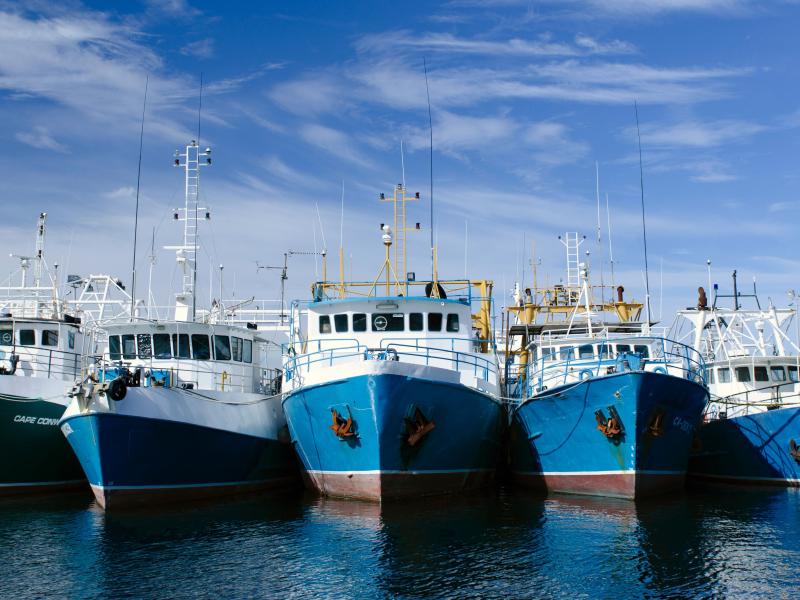The Sri Lankan second officer, Ravindu Lakmal Pieris Telge, fell overboard the Maersk containership Patras at approximately 9:30am and despite an extensive search and rescue operation his body has not yet been recovered.
Investigations by Transport Canada and the ITF indicate that the man fell overboard whilst lashing, and crew claim that he was the only crew member not wearing fall protection.
ITF Canadian coordinator Peter Lahay said today: “This is a tragic situation this seafarers’ family, friends and his fellow crew members on board the Patras, and sadly our worst fears about the dangers of seafarers lashing cargo on the Saint Lawrence have been realised.
“Early reports indicated that this incident occurred while dropping a pilot ladder, however after speaking to the crew and investigating further, we’ve determined that’s not the case. This seafarer was handling a 4-meter lashing bar, almost half his weight, when he fell overboard.”
“We will await the finding of official inquiry but from our initial investigations there are serious questions about crew fatigue and the safety procedures on board that need to be answered.”
The ITF has previously met with Transport Canada and advised of our concerns and given evidence of the risks to seafarers lashing vessels underway on the Saint Lawrence.
“We’ve previously urged the Canadian government to shut down this dangerous practice. It’s an undeniable fact that lashing is dangerous work, made more dangerous by terrible weather conditions and serious questions of crew fatigue,” said Lahay.
“The ITF position has been consistent: it’s time to stop putting seafarers lives at risk, the difficult and hazardous work of lashing and securing containers should only be performed by those with the training and experience to do it – dockers,” concluded Lahay.
Rob Ashton, President of the International Longshore and Warehouse Union of Canada also said today: “It’s curious and absurd that dangerous lashing work on containerships is done at the dock everywhere in Canada except Montreal. Really there is nowhere in the world where the dangerous practice of making ship’s crew lash and unlash containers while the ship is moving except Montreal.
“The port of Montreal should accept its responsibility to ensure safety to the seafarers and safety of the environment. When seafarers are tired accidents happen and people can lose their lives. Ravindu Telge is never going home to his family again. This has to stop,” urged Ashton.
The ITF invited Maersk to join the global union federation in calling on Transport Canada and the Port of Montreal to ensure that lashing is done by qualified dockers.
Contact: Luke Menzies +61 433 889 844



